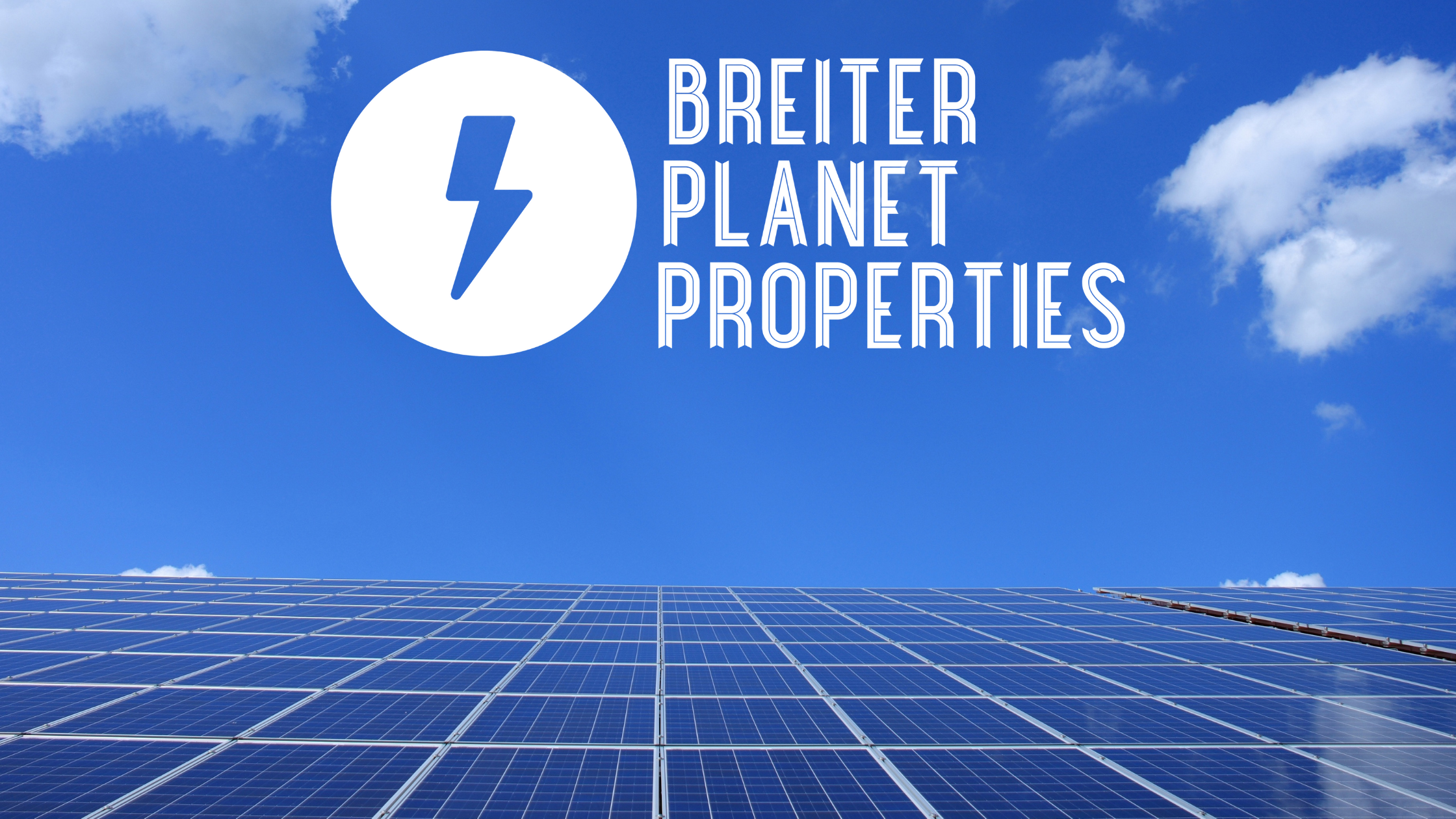
On Earth Day 2021, President Biden set a new target for the United States to achieve a 50-52% reduction from 2005 levels in economy-wide net greenhouse gas pollution by 2030.
The announcement was made during a two-day international Leaders Summit on Climate that Biden organized in an effort to challenge the world on addressing climate change.
Gregory Wetstone, president and CEO of the American Council on Renewable Energy, said that the Nationally Determined Contribution submitted by the Biden administration “sends a clear message that the United States is ready to embrace the economic transformation necessary to tackle the climate crisis.”

Image: Pixabay
As part of the administration’s ambition to halve U.S. emissions, it set a goal to reach 100% carbon pollution-free electricity by 2035. It aims to do that by deploying a range of generating resources, transmission, and energy storage, and by retrofitting fossil-fueled power plants with carbon capture technology. Nuclear power is also part of the administration’s mix of technology options.
Another goal is to pursue efficiency upgrades and electrification in buildings. This would be done through wider use of heat pumps and induction stoves, and adoption of modern energy codes for new buildings. The U.S. will also invest in new technologies to reduce emissions associated with construction, including for high-performance electrified buildings.
In the transportation sector, the administration said that the emission goals can be met in part by reducing tailpipe emissions and boosting the efficiency of cars and trucks; by providing funding for charging infrastructure for electric vehicles; and by spurring research, development, demonstration, and deployment efforts for renewable fuels for applications like aviation.
In the industrial sector, the Biden administration pointed to possible carbon reductions through carbon capture as well as new sources of hydrogen—produced from renewable energy, nuclear energy, or waste—to power industrial facilities. It said the government can use its procurement power to support early markets for these low- and zero-carbon industrial goods.
The administration also said that the U.S. will invest in innovation to improve and broaden the set of solutions as a “critical complement to deploying the affordable, reliable, and resilient clean technologies and infrastructure available today.”
This article originally appeared on pv-magazine-usa.com, and has been republished with permission by pv magazine (www.pv-magazine.com and www.pv-magazine-usa.com).

